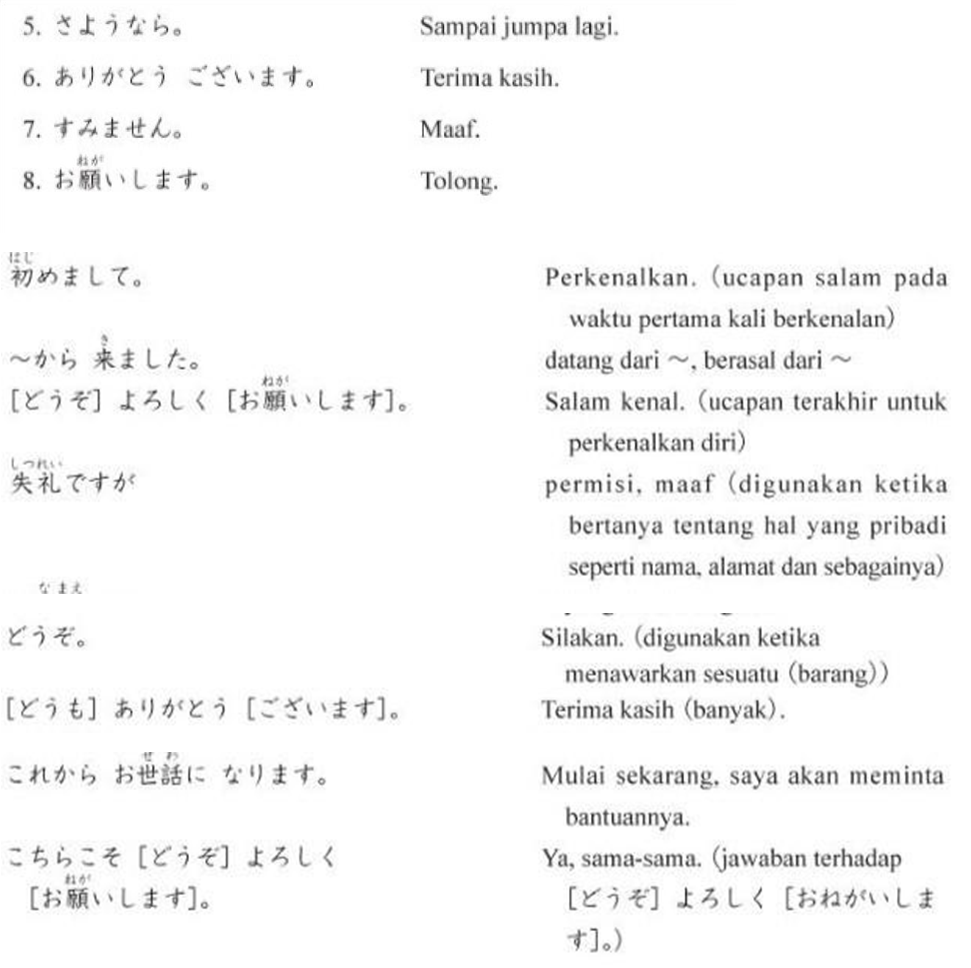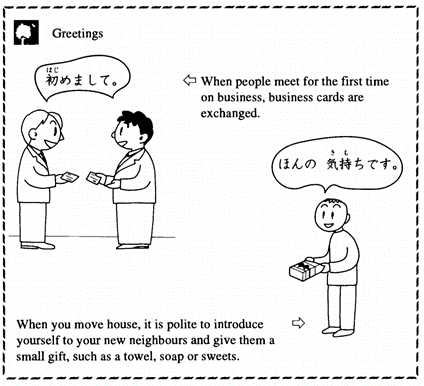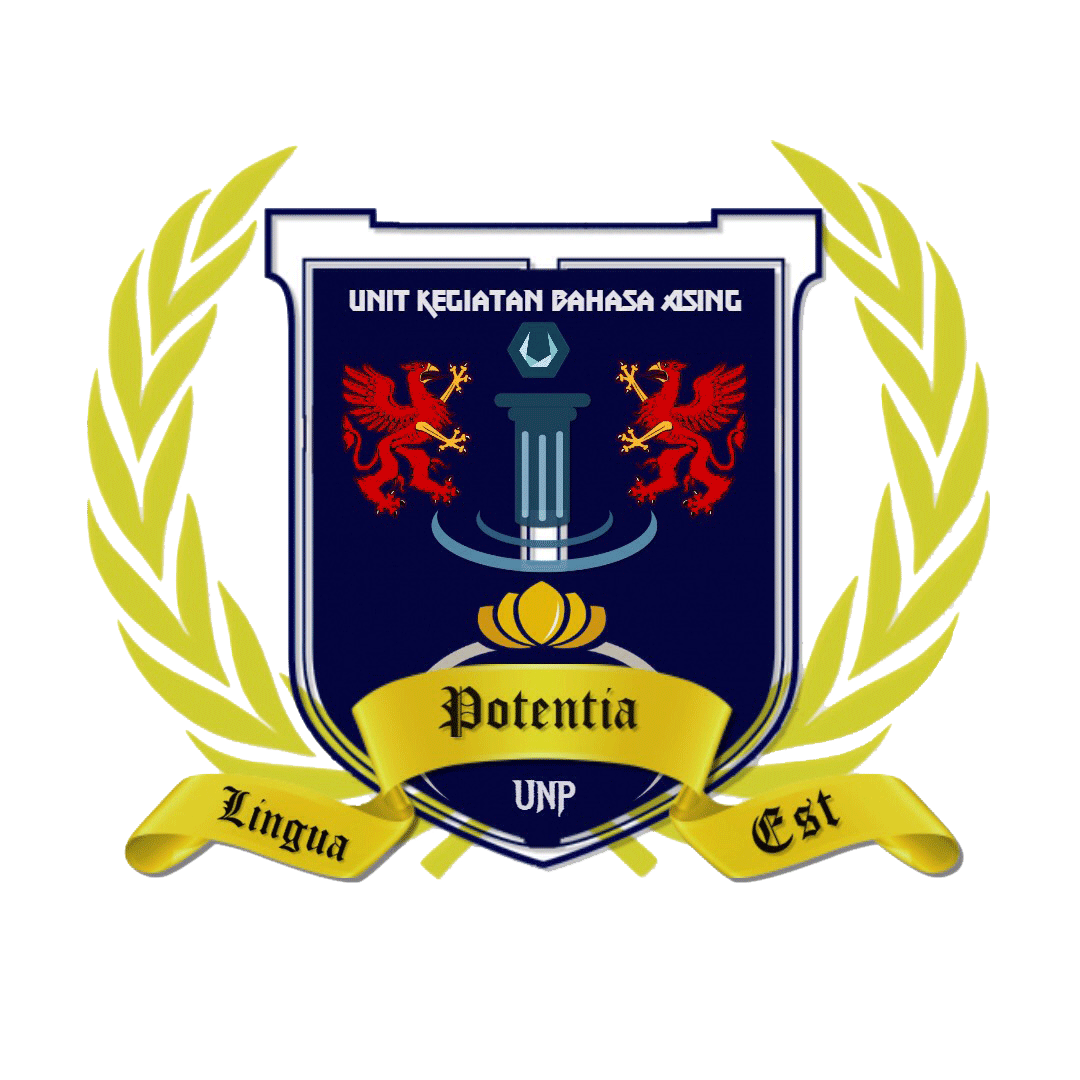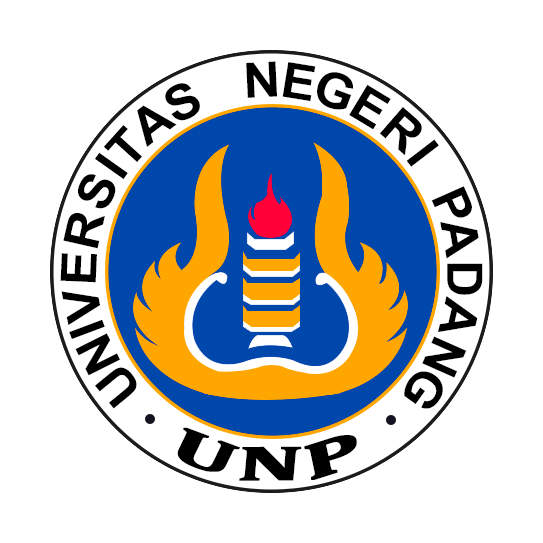Japanese
تم الإكمال
Hiragana, Katakana & Kanji | Article
1723 المشاهدات •Aisatsu & Jikoshoukai | Article
1376 المشاهدات •What is Hiragana, Katakana and Kanji? | Learning Video
1139 المشاهدات •Jikoshoukai | Learning Video
1122 المشاهدات •Self-taught Hiragana and Katakana | Learning Video
1030 المشاهدات •Aisatsu | Learning Video
914 المشاهدات •Aisatsu & Jikoshoukai | Article
UKBA E-LEARNING
AISATSU & JIKOSHOUKAI
(GREETINGS & INTRODUCE ONESELF)

Okuyama (in Persson, 2012, p. 3) states that aisatsu consists of 2 kanji, namely 挨(ai) and 拶 (satsu). The first kanji means "to push" and "to make an approach". The second kanji also has almost the same meaning "to approach, near" and "to put A between B and C". In the Indonesian Japanese dictionary written by Edizal (2013), aisatsu means greeting or greeting.
From this it can be concluded that aisatsu is a cultural gesture that is intended to foster a sense of closeness in social relations in the form of greetings, gestures (nods, bows, shaking hands, and others).
Furthermore, the aisatsu expressions that will be discussed are further grouped into:a. The phrase aisatsu first meeting or introduction (はじめまして),used when we meet people we do not know. Hajimemashite is a form that can be used in both formal and informal situations.
「はじめまして、エリンです。」 ” Hajimemashite, Erin desu. “ “ Allow me to introduce myself, my name is)
b. Aisatsu's words when meet again
- (ただいま) Tadaima is an aisatsu that is used when we return to our home or place of origin before leaving.
- (おかえり/おかえりなさい) Okaeri is a reply to the expression tadaima. Okaeri is spoken by people who are in that person's house or place.
- (おひさしぶり / ひさしぶり) is an aisatsu that is used when speakers meet each other again after a long time.
c. Aisatsu expression based on time



LEARNING VIDEO 1 (AISATSU)
LEARNING VIDEO 2 (JIKOSHOUKAI)
by UKBA UNP
التعليقات معطلة في هذه الدورة.
مشاركة هذه المحتوى
مشاركة الرابط
المشاركة على مواقع التواصل الاجتماعي
المشاركة عن طريق البريد الإلكتروني
رجاءً تسجيل الدخول لمشاركة هذا مقال عن طريق البريد الإلكتروني.

